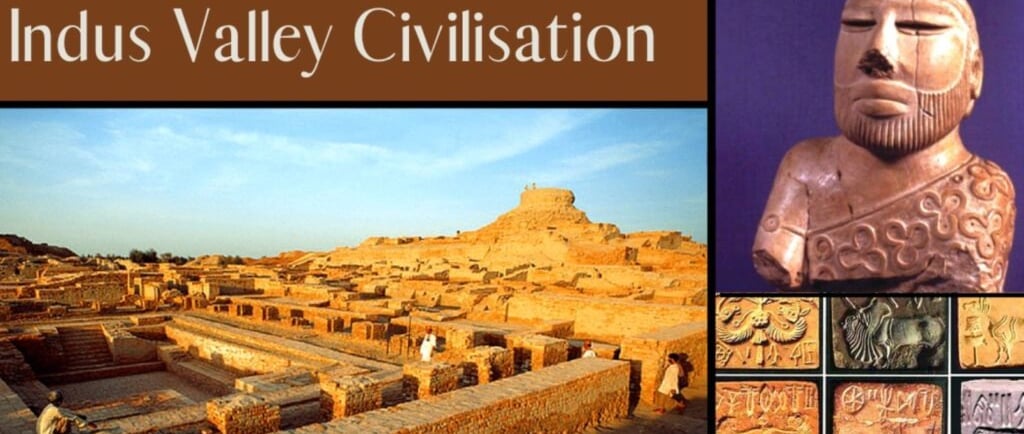Do You Know the Story of the Indus Valley Civilization
#DoYouKnow, #IndusValley, #AncientIndia, #WorldHistory, #Civilizations, #Archaeology, #HistoryEducation, #Heritage
KNOWLEDGE & EDUCATION
7/20/20251 min read


Do you know that the Indus Valley Civilization (IVC) was one of the world’s earliest and most advanced urban societies? It thrived over 4,000 years ago, long before modern technology, yet featured advanced city planning, drainage systems, and trade networks. Let’s uncover the mystery of this fascinating civilization.
1. Timeline and Location
The Indus Valley Civilization existed between 3300 BCE and 1300 BCE, mainly in present-day Pakistan and northwest India. The two most famous cities were Harappa and Mohenjo-Daro, located along the Indus River.
2. Advanced City Planning
The IVC is renowned for its remarkable urban design:
Streets laid out in a grid pattern.
Houses built with uniform-sized bricks.
Sophisticated drainage systems—more advanced than many later civilizations.
Public baths and granaries for storing food.
3. Trade and Economy
The Indus people were skilled traders. They:
Exported cotton, beads, and pottery.
Imported gold, silver, and semi-precious stones.
Used seals with animal symbols for trade markings.
4. Writing and Language
The Indus script remains one of history’s greatest mysteries—it has not yet been fully deciphered. These symbols, found on seals and pottery, suggest a well-organized administrative system.
5. Daily Life and Culture
They wore cotton clothes and jewelry made of beads and gold.
Played board games (similar to early chess).
Worshipped animals, fertility symbols, and possibly a mother goddess.
6. Decline of the Indus Valley Civilization
No one knows for sure why the IVC declined. Theories include:
Climate change and river shifts.
Droughts leading to famine.
Possible invasions or internal conflicts.
7. Legacy of the IVC
The civilization’s contributions—like urban design and water management—continue to inspire modern architects and planners.
Conclusion
Do you know that the Indus Valley Civilization was so advanced that its drainage systems were more sophisticated than some modern cities? It’s a reminder of how smart and innovative our ancestors were.
Knowledge
Empowering minds with reliable educational content daily.
Newsletter Signup
© 2025 DoYouKnow. All rights reserved.
Stay Ahead of the Trends – Join Our Newsletter
